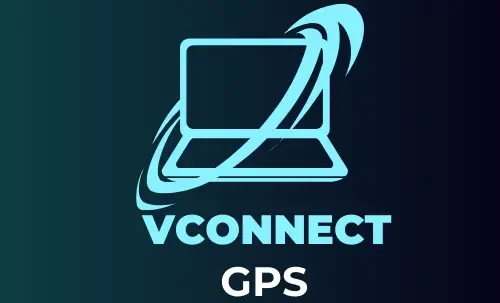Top GPS Solutions for Logistics & Supply Chains
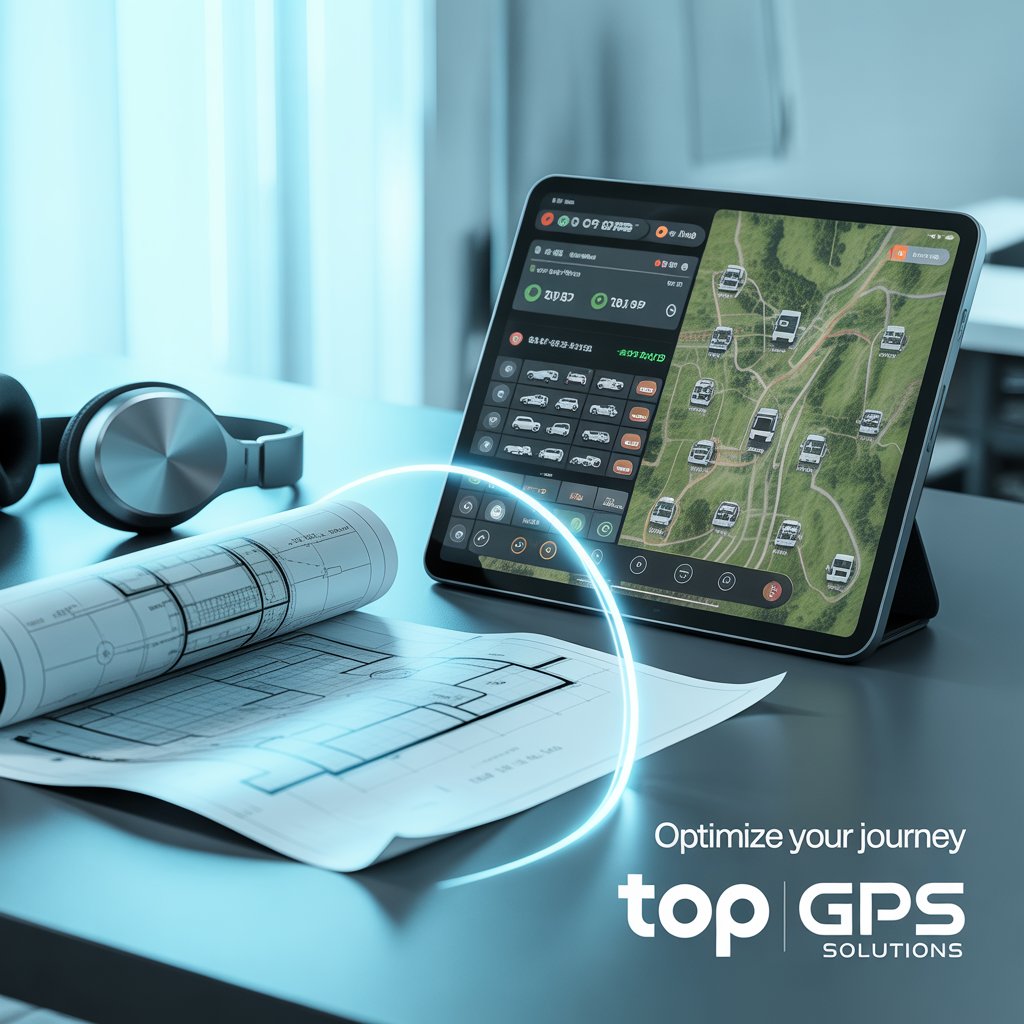
Effective logistics and supply chain management increasingly depend on real-time data. With global networks facing unpredictable disruptions—from port delays to labor strikes—businesses rely on GPS solutions for logistics to improve visibility, security, and operational efficiency. According to industry data, 85% of logistics decision-makers increased investment in tracking technology post‑COVID Wikipediaseeworldgps.com+1blackboxgps.net+1WikipediaWinSavvy.
Today’s modern GPS platforms use a blend of devices (on vehicles and packages), cloud dashboards, and even AI-driven predictive routing—providing a control tower view of your freight as it crosses borders and modes of transport.
🔧 Categories of GPS Solutions
1. Vehicle Telematics & Fleet Trackers
Installed in trucks or vans, these offer live feed of vehicle location, speed, idle time, driver behavior, and maintenance data. Many integrate with HR/time logs or fuel systems. Notable features include route replay, driver scoring, and compliance tools. These are ideal for managing fleets of any size.
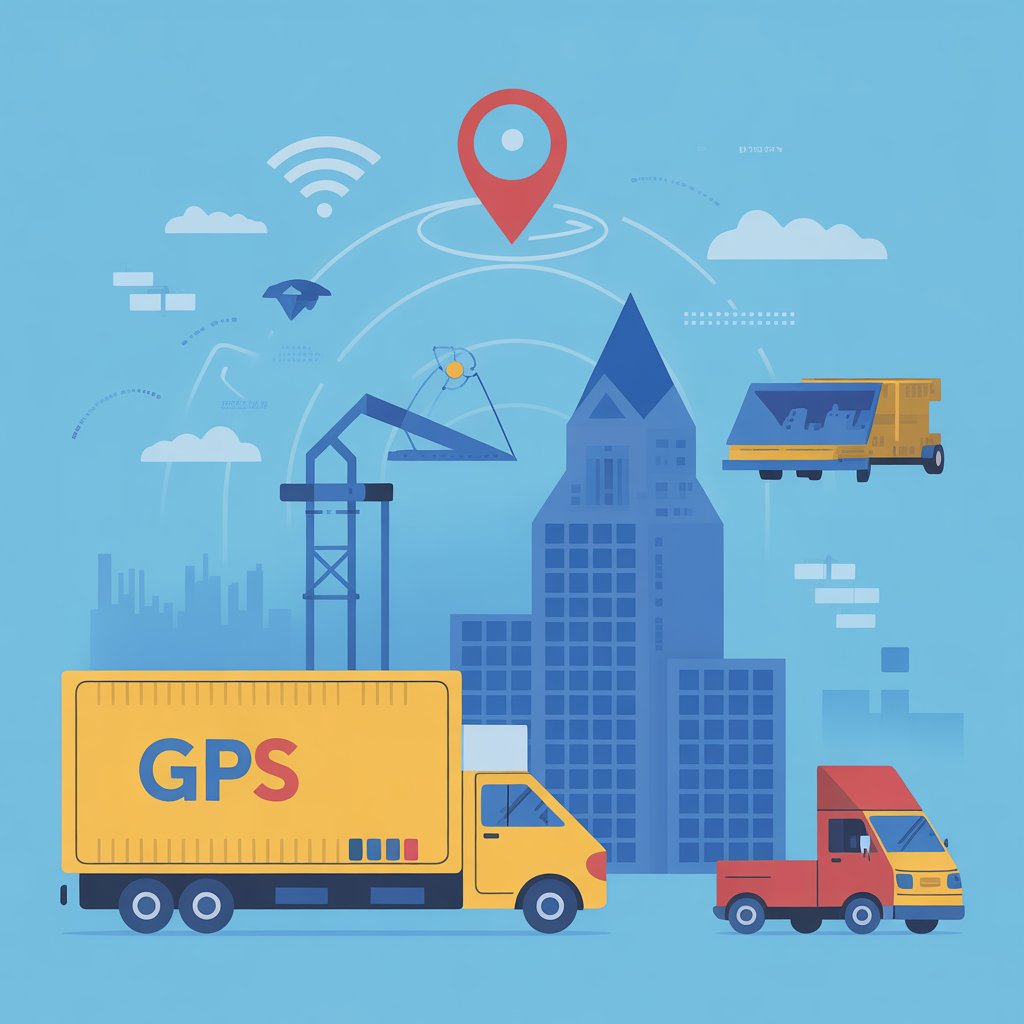
2. Asset/Container Trackers & RFID Tags
Small GPS or LPWA devices are mounted on shipping containers, trailers, or pallets. While more cost-effective than full telematics, they still provide real-time position and geofence alerts—ideal for tracking unpowered assets.
3. Integrated Platforms with AI & Control-Tower Analytics
Next-gen systems combine GPS data with traffic, weather, and machine-learning models to optimize routes on the fly. Some systems also provide carbon-footprint analytics and predictive capacity planning. Unlike siloed trackers, these give you full visibility across trucks, trailers, warehouses, and vendors ft.com.
🌟 Business Benefits of GPS Solutions for Logistics
Route Optimization & Cost Efficiency
GPS data allows dynamic rerouting around congestion or hazards, which reduces fuel consumption and travel time. Fuel costs—accounting for 30–40% of logistics budgets—can decrease by 12–18% in the first year of implementation gpglogistics.com.au.
Enhanced Supply Chain Visibility
Stay informed from warehouse loading to final delivery point. Real-time visibility enables proactive decision-making, prevents stock-outs, and improves coordination with partners and carriers milliondispatch.com.
Increased Security & Theft Prevention
With geofencing alerts and movement histories, you can detect unauthorized detours or cargo tampering early. Accurate logs also support insurance claims and risk assessment.
Improved Customer Experience
Providing live tracking updates and precise ETAs builds trust and cuts support calls—enhancing loyalty in an era where 41% of logistics cost is attributed to last‑mile delivery inefficiencies businessinsider.com.
Compliance, Reporting & Analytics
Electronic logs, mileage reports, and driver behavior tracking simplify regulatory audits and improve accountability—lessening administrative overhead zip24.comTechRadar.
🧠 Choosing the Right GPS Solution Logistics : Key Criteria
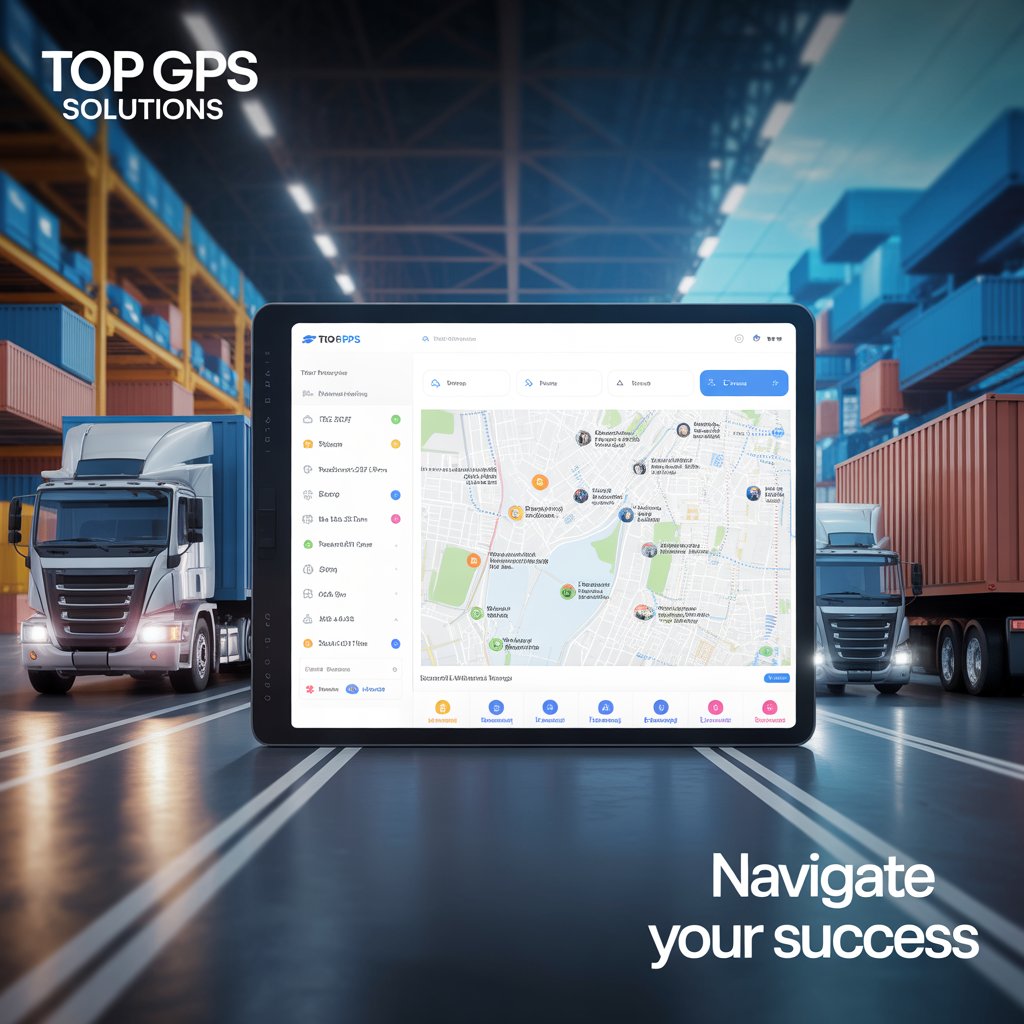
- Integration Compatibility – Confirm compatibility with existing Warehouse Management Systems (WMS), TMS (Transportation Management System), and ERP platforms to avoid data silos.
- Scalability & Coverage – A solution should support regional expansion, multiple vehicle types (trucks, trailers, containers), and multiple data networks (cellular + LPWA).
- Data Timeliness & Alerts – Choose systems that offer configurable polling intervals (e.g. 30s for fleet, 5 min for containers) and alert thresholds for speed, off-route, geofence, or dwell time.
- Driver App & Dashboard Usability – A mobile app supports driver reports and field operations; the SaaS dashboard should visualize routes, heatmaps, and automated insights.
- Analytics & AI Add-ons – Vendors offering demand forecasting, idle heatmaps, or dynamic rerouting improve ROI over static GPS-only setups.
📈 Real World Stats & Case Uses
- 85% of firms accelerated GPS investments post‑pandemic to improve responsiveness in their supply chains WinSavvy.
- In one case, a company reduced vehicle idle time by 15 minutes daily per driver, improving delivery speeds and fuel output.
- Smart warehouse operators are now using integrated tracking to reduce stock misplacement and waste—evolving storage into real-time inventory environments nypul.com.
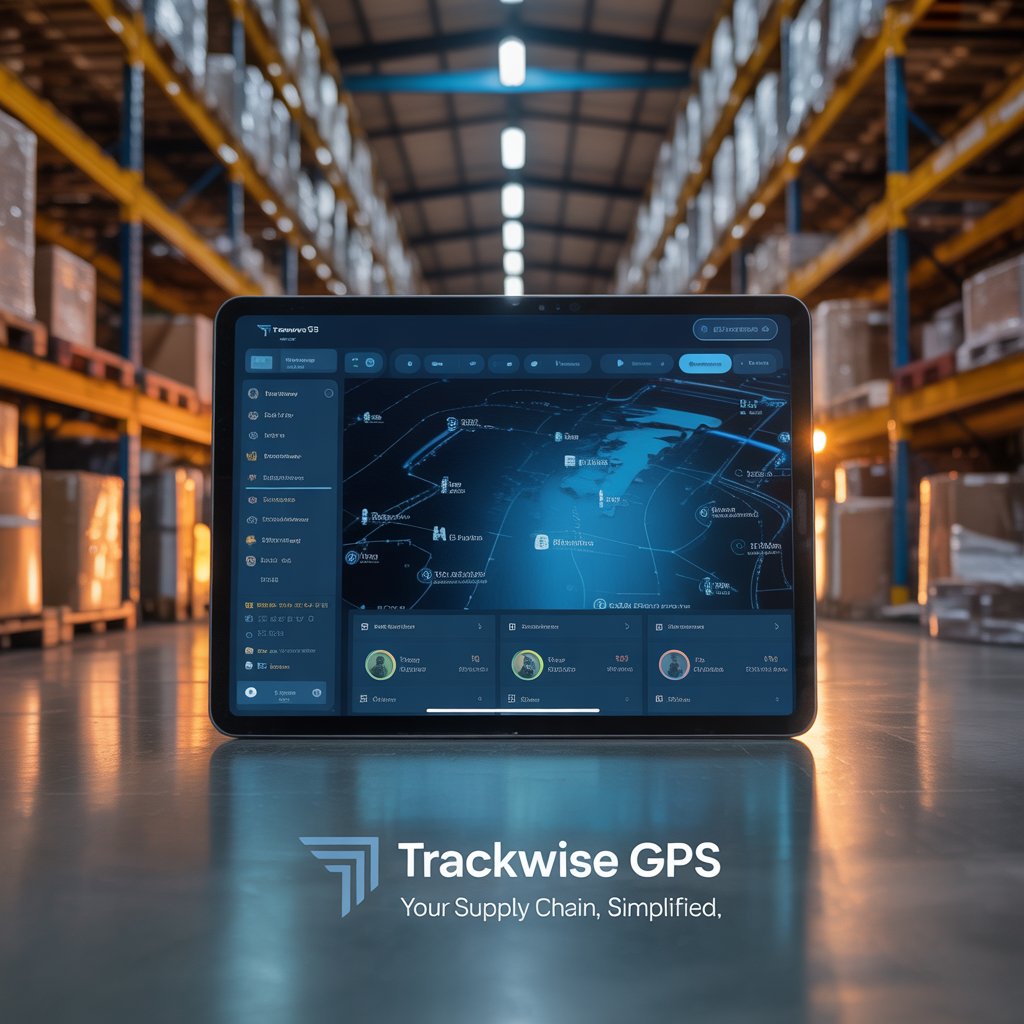
🧩 Implementation Roadmap
- Start with a pilot program on key routes or high-value shipments.
- Run a cost-benefit analysis: include hardware cost, monthly fees, savings from fuel, time, insurance, customer churn avoidance.
- Train dispatchers and drivers on tools, privacy considerations, and system benefits; emphasize transparency to ease adoption.
- Phase 2: Onboard AI-based extensions (predictive rescheduling, supply‑demand signals) as your data volume increases.
- Regularly audit performance metrics—fuel use, delivery times, route adherence—to validate investment.
✅ Conclusion
Implementing the right GPS solutions for logistics and supply chains gives companies real-time control, efficiency, and insight into their end-to-end delivery operations. Whether you’re managing containers, a mixed fleet, or last-mile networks, a modern GPS platform is no longer optional—it’s a competitive necessity. Ready to accelerate your logistics performance? Explore our detailed Ultimate Fleet Intelligence Platform Guide or reach out for a tailored GPS consultation.
